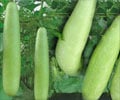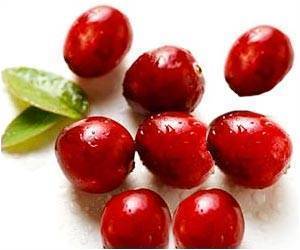The ancient Egyptians swore by it for its aphrodisiac qualities, five thousand years later.
Perhaps its reputation as an Old Kingdom viagra stems from its amazing growth in under hot conditions, such as in the Nile delta in summer, it can grow up to 25 cm per day.Once harvested, it is made into a green soup that almost all Egyptians find delicious and just the mention of it arouses nostalgia among expatriate Egyptians.
Sam Habib, an Egyptian-born Australian likens preparing molokia to "the smell of Cairo on a Friday". Others claim its glutinous, sticky texture and garlicky smell make it a bit of an acquired taste.
Many Egyptians may take this as an insult just as the French would sniff at people ridiculing their traditional snail dishes or cheeses. The Japanese and Koreans value its amazing protein and folic acid levels - the highest for any green leaf vegetable. It also contains more iron and calcium and magnesium, all essential minerals increasingly hard to acquire in factory farmed spinach and broccoli.
Health conscious Koreans and Japanese, who spell it morokeiya turn it into a savoury green tea, a luminous green buckwheat noodle, soya tofu, and a green ice cream that sells alongside other delicacies such as a sorbet made from fresh eels.
The Molokia fad been has catching on especially in the Far East for the last 10 years. Molokia, though native to Egypt, has long since spread to the Levant.
Advertisement
"Palestinians, Lebanese and Syrians cook molokia as leaves in the same way spinach is made, which takes away the glutinous, slimy taste and texture of the soup," she explains.
Advertisement
In the past, molokia was not easily obtainable in many countries. Now, shops in cities as far flung as Los Angeles and Sydney offer frozen molokia. Egyptians living in Japan and South Korea are even better off as fresh molokia can be purchased as the green vegetable is grown in both countries.
However, Osama Saleh, who has lived in Tokyo for five years, claims that Japanese molokia, "like everything in Japan, has less fragrance and taste than the Egyptian vegetable".
Stories abound about the origin of the traditional molokia dish but some may be apocryphal. It is claimed there are depictions of preparation of mallow leaves on ancient Egyptian tomb walls.
"The Stela of Ahmose depicts Molokhia being prepared.
It is also mentioned by Pliny as a favourite dish," Nevine Medhat, an Egyptology student claims. Legend has it that the modern name stems from a time when an Arab king was seriously ill. A doctor made a soup with molokia and cured the king hence the name "King's soup" or molokia, from the Arabic for kings - molouk.
More earthy accounts suggest it is named after the king because it will make a male lover feel like a king!
One fact is certain; molokia was banned by the Muslim ruler al- Hakim Bi-amr Allah in the 11th century. Some say the highly eccentric ruler, aware of the aphrodisiac qualities of molokia, sought to prevent women and men from a possible life of debauchery.
Source-IANS
SPH/N










